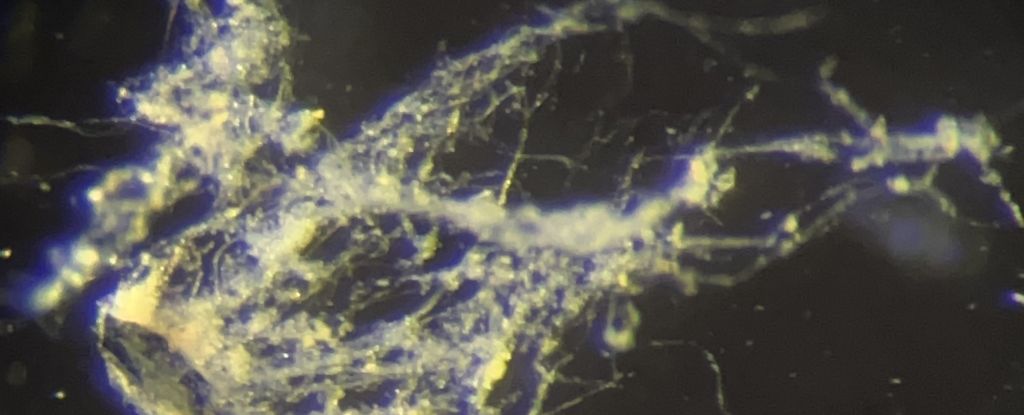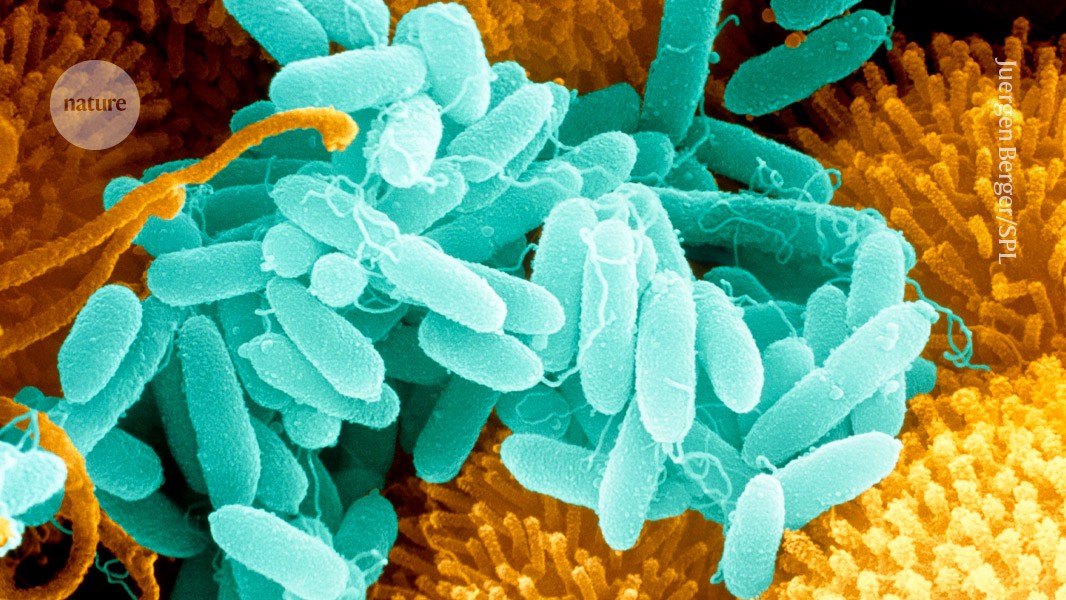Create a simple REST application using Quarkus
This tutorial was originally published on IBM Developer by Markus Eisele Quarkus is a Kubernetes-native Java stack tailored for GraalVM and OpenJDK HotSpot. Quarkus offers incredibly fast boot times, low RSS memory consumption, and a fantastic developer experience with features like live coding. This quick start guide gets you up and running with Quarkus on macOS, including necessary tools. You will build a basic database application using Quarkus, Java 17, PostgreSQL, and Hibernate ORM Panache. While Hibernate ORM is the standard, powerful Jakarta Persistence implementation capable of complex mappings, it doesn't always make the most common tasks trivial. Hibernate ORM with Panache is Quarkus's solution to this, focusing specifically on making your data entities and repositories simple, straightforward, and fun to write by reducing boilerplate code for common persistence operations. Step 1. Set up your environment We'll use standard macOS tools and package managers where possible. These are the essential tools you'll need to complete this tutorial: - Podman - SDKMAN - Java 17 - Quarkus CLI - Maven Optionally, you can also install a code editor. Set up Podman for container management Quarkus integrates seamlessly with containers, especially for development services like databases and other sytems. Podman is a daemonless container engine alternative to Docker. On Mac, each Podman machine is backed by a virtual machine. Once installed, the podman command can be run directly from the Unix shell in Terminal, where it remotely communicates with the podman service running in the Machine VM. It is almost transparent in usage to Docker and easy to use for development. Install Podman. Find the latest Podman release on the GitHub Release page, and download the binary for your system architecture. At the time of writing, the latest release was v5.4.1. Install either the unversal pkg installer or the arm or amd version. Continue reading on IBM Developer

This tutorial was originally published on IBM Developer by Markus Eisele
Quarkus is a Kubernetes-native Java stack tailored for GraalVM and OpenJDK HotSpot. Quarkus offers incredibly fast boot times, low RSS memory consumption, and a fantastic developer experience with features like live coding.
This quick start guide gets you up and running with Quarkus on macOS, including necessary tools. You will build a basic database application using Quarkus, Java 17, PostgreSQL, and Hibernate ORM Panache. While Hibernate ORM is the standard, powerful Jakarta Persistence implementation capable of complex mappings, it doesn't always make the most common tasks trivial. Hibernate ORM with Panache is Quarkus's solution to this, focusing specifically on making your data entities and repositories simple, straightforward, and fun to write by reducing boilerplate code for common persistence operations.
Step 1. Set up your environment
We'll use standard macOS tools and package managers where possible. These are the essential tools you'll need to complete this tutorial:
- Podman
- SDKMAN
- Java 17
- Quarkus CLI
- Maven
Optionally, you can also install a code editor.
Set up Podman for container management
Quarkus integrates seamlessly with containers, especially for development services like databases and other sytems. Podman is a daemonless container engine alternative to Docker.
On Mac, each Podman machine is backed by a virtual machine. Once installed, the podman command can be run directly from the Unix shell in Terminal, where it remotely communicates with the podman service running in the Machine VM. It is almost transparent in usage to Docker and easy to use for development.
- Install Podman. Find the latest Podman release on the GitHub Release page, and download the binary for your system architecture. At the time of writing, the latest release was v5.4.1. Install either the unversal pkg installer or the arm or amd version.
Continue reading on IBM Developer












































































